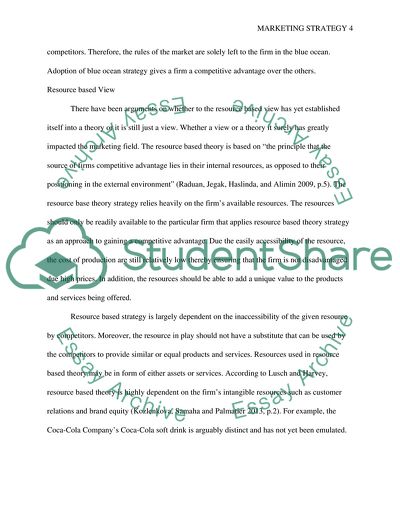Cite this document
(Theories of Strategic Marketing Coursework Example | Topics and Well Written Essays - 2000 words, n.d.)
Theories of Strategic Marketing Coursework Example | Topics and Well Written Essays - 2000 words. https://studentshare.org/marketing/1844970-marketing-strategy
Theories of Strategic Marketing Coursework Example | Topics and Well Written Essays - 2000 words. https://studentshare.org/marketing/1844970-marketing-strategy
(Theories of Strategic Marketing Coursework Example | Topics and Well Written Essays - 2000 Words)
Theories of Strategic Marketing Coursework Example | Topics and Well Written Essays - 2000 Words. https://studentshare.org/marketing/1844970-marketing-strategy.
Theories of Strategic Marketing Coursework Example | Topics and Well Written Essays - 2000 Words. https://studentshare.org/marketing/1844970-marketing-strategy.
“Theories of Strategic Marketing Coursework Example | Topics and Well Written Essays - 2000 Words”. https://studentshare.org/marketing/1844970-marketing-strategy.


